alternative fuels
energy equation requires multiple and diverse energy sources
2 min read | january 16, 2024
At the annual Singapore International Energy Week conference, Chris Powers, Chevron’s vice president of CCUS, addressed an audience of industry leaders about the diverse balance of energy sources needed in the energy equation.
When it comes to the planet’s energy future, diversity is key.
That’s according to Chris Powers, vice president for Carbon Capture, Utilization, and Storage (CCUS) for Chevron New Energies (CNE), who recently addressed a gathering of industry leaders in Singapore.
the big three
Powers noted three key factors—solutions, scale and speed—are needed in the transition to lower carbon energy. These factors are interconnected. For example, solutions and scale drive speed.
“We’re taking a big-tent approach to energy that focuses on both lowering the carbon intensity of our existing operations and growing new, third-party businesses that play to our historical strengths.”
chris powers
vice president of CCUS
Chevron New Energies
the bottom line
Chevron is lowering the carbon intensity of its existing operations by reducing emissions from its hydrocarbon production. That can occur by lowering Scope 1 and Scope 2 emissions.
Scope 1 emissions are direct emissions from the company’s operations. Scope 2 emissions are indirect emissions resulting from the energy the company purchases and uses.
CNE focuses on building new businesses in areas that align with Chevron’s legacy strengths, including:
- CCUS
- Hydrogen
- Carbon offsets
- Advanced geothermal
- Renewable fuels
CNE also invests in hydrogen, CCUS and other new energy companies. They not only collaborate with these companies, but also test their technologies at Chevron operations to help them take critical steps in scaling from the lab to fully commercial.
collaboration is critical
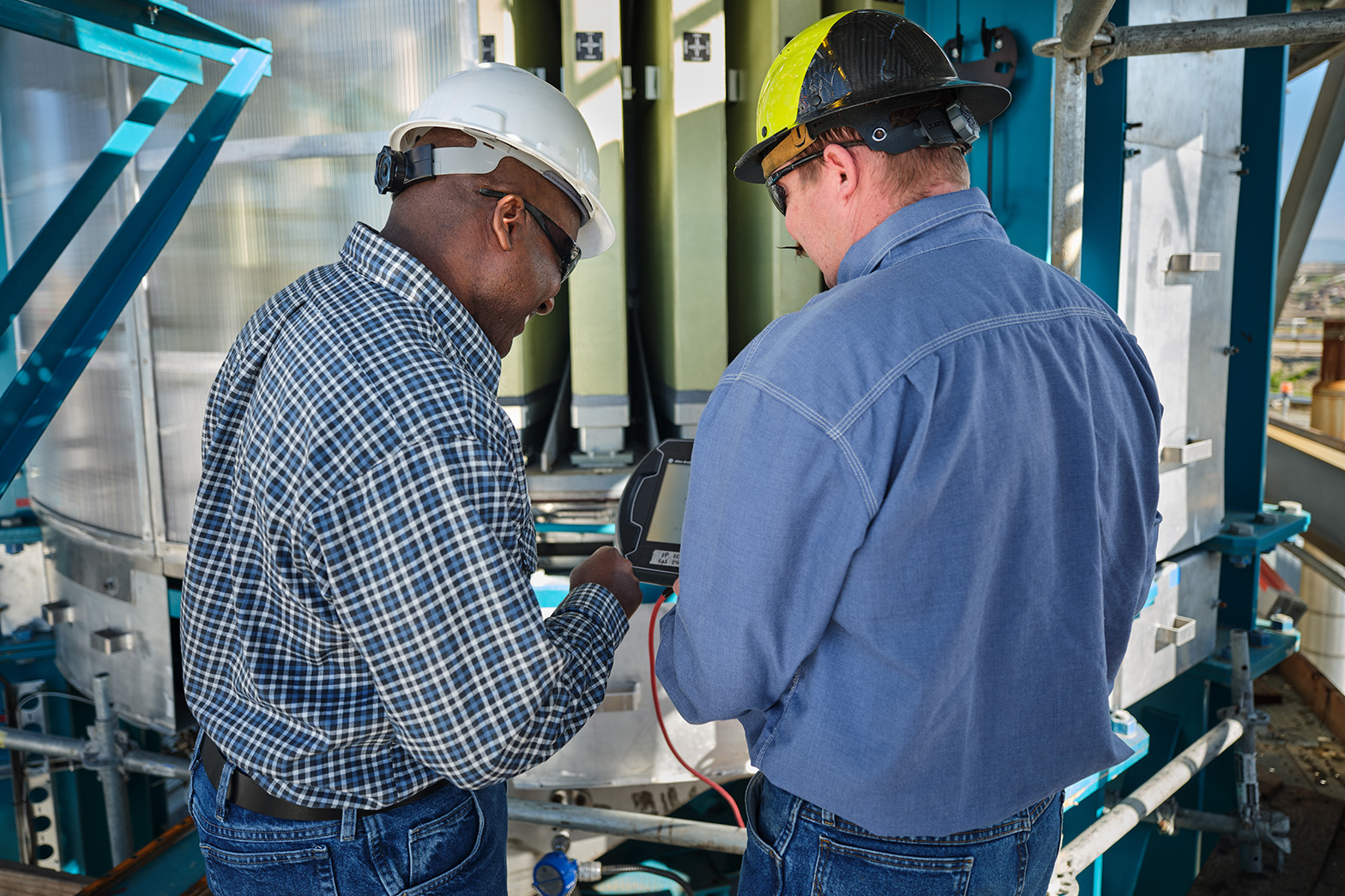
Chevron has partnered with Svante to speed commercialization of a new carbon capture technology.
Chevron is pilot testing the technology at its San Joaquin Valley operations in California. This pilot is part of a public-private partnership agreement (Cooperative Agreement No. DE-FE0031944) with the U.S. Department of Energy National Energy Technology Laboratory. Svante also provides carbon capture expertise and project management. The technology is designed to reduce costs and enable more widespread adoption of carbon capture and removal across various industries.
Innovation and collaboration across sectors and borders will be key to unlocking the full potential of lower carbon energy, according to Powers.
chris powers
vice president of CCUS
Chevron New Energies
topics covered
related content
-

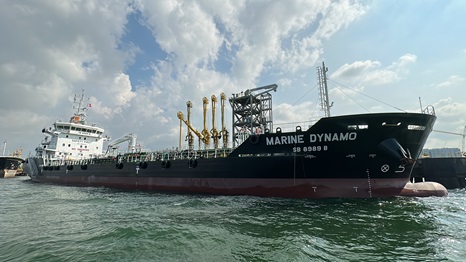 1st hybrid fueling barge chartered in Singapore
1st hybrid fueling barge chartered in Singaporealternative fuelsmarch 28, 2024
-

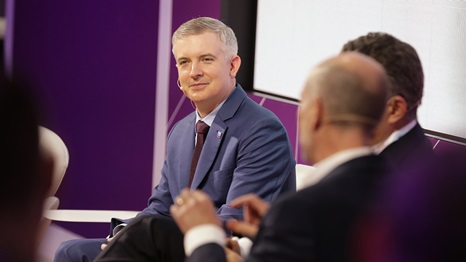 laying the foundation to realize carbon capture’s potential
laying the foundation to realize carbon capture’s potentialemissions solutionsmarch 27, 2024
-

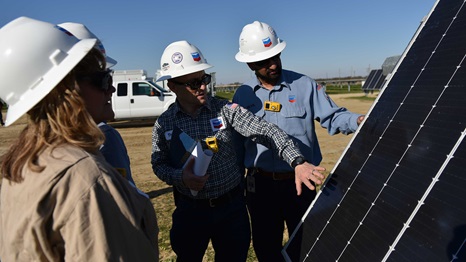 hydrogen facility to be a chevron first
hydrogen facility to be a chevron firstour operationsfebruary 29, 2024
-

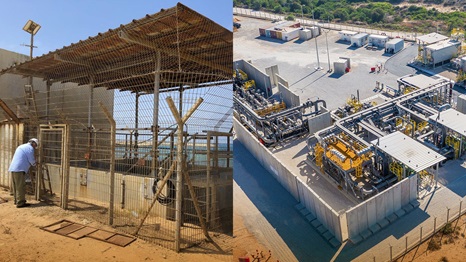 dormant natural gas station roars back to life
dormant natural gas station roars back to lifeour operationsjune 07, 2023
chevron email updates
Subscribe to our newsletter to receive news and updates.



